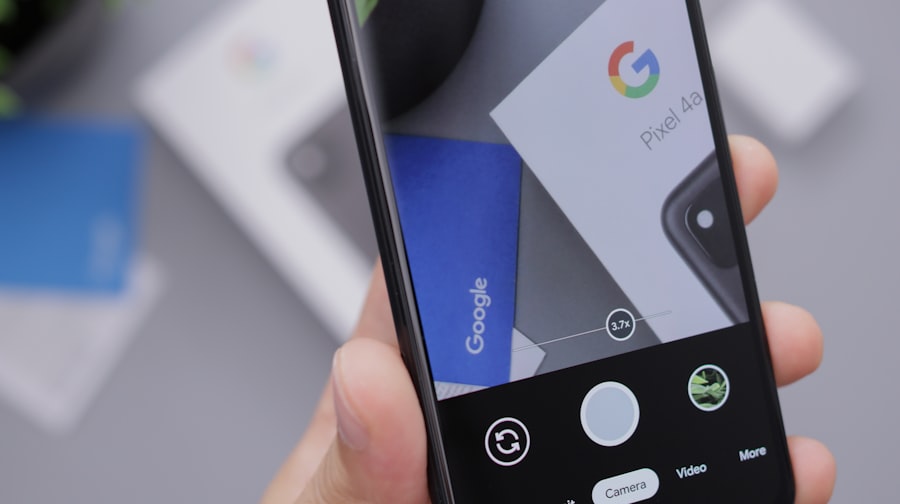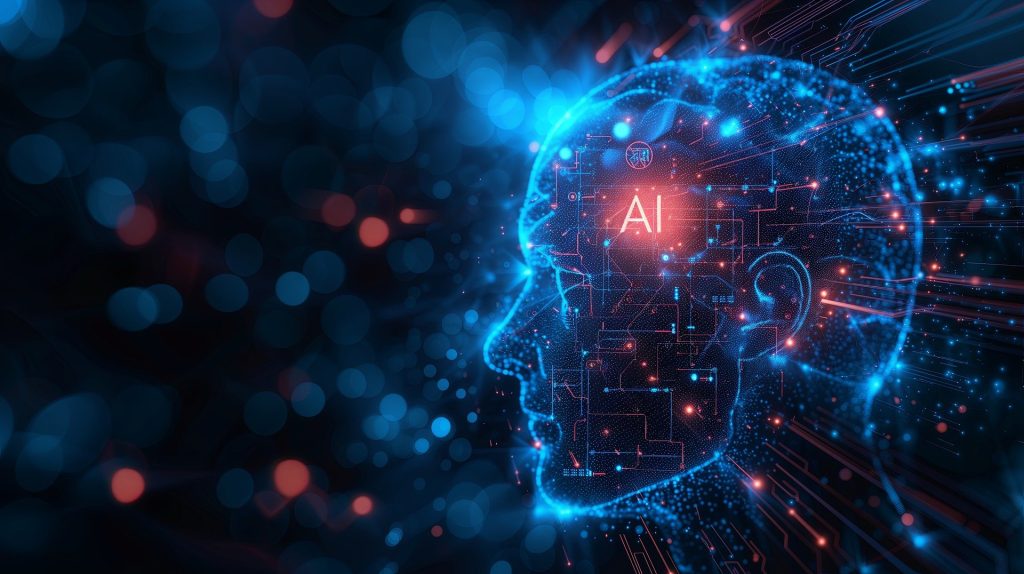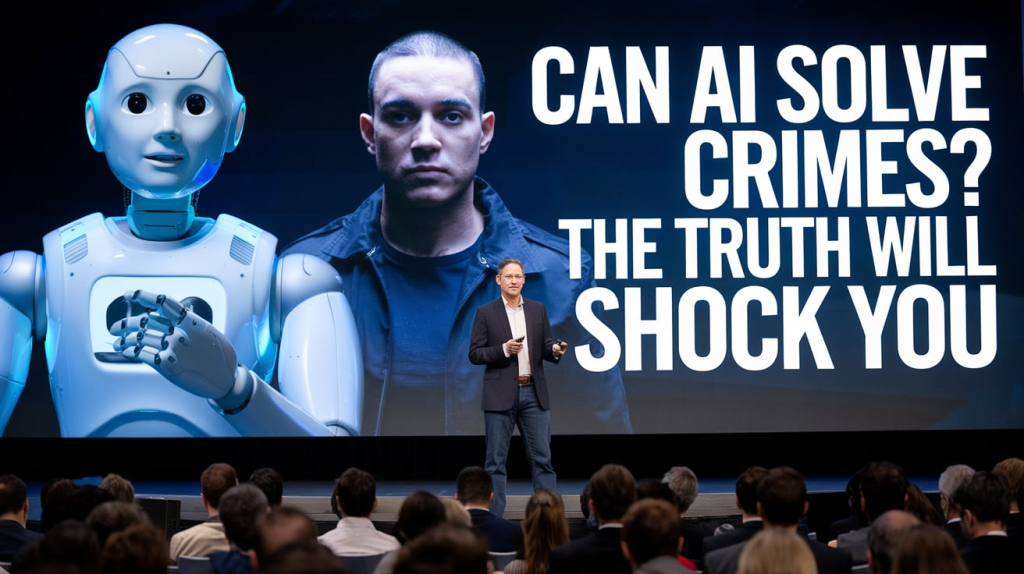Google has introduced a new advertising interface that incorporates artificial intelligence (AI) technology. This updated platform offers advertisers and marketers enhanced tools and capabilities to optimize their advertising campaigns and more effectively reach their intended audience. By integrating AI, Google aims to transform online advertising practices, making them more efficient and personalized for both businesses and consumers.
The AI-powered ad interface represents a significant advancement in digital advertising, utilizing machine learning algorithms to deliver more relevant and targeted advertisements to users. This development signifies a transition from conventional advertising methods to a more data-driven and intelligent approach. As a result, advertisers can make more informed decisions and potentially achieve a higher return on investment (ROI) for their advertising expenditures.
As AI continues to play an increasingly prominent role in digital marketing, it is crucial for advertisers and marketers to comprehend the implications of this new ad interface and its potential impact on their advertising strategies. Understanding and adapting to these technological advancements will be essential for businesses to remain competitive in the evolving landscape of online advertising.
Key Takeaways
- Google has introduced a new ad interface that utilizes AI to improve ad performance and user experience.
- AI plays a crucial role in Google searches by analyzing user behavior and providing relevant search results and ads.
- The new ad interface offers features such as responsive search ads, AI-driven bidding, and ad strength indicators.
- Advertisers and marketers can benefit from the new interface by leveraging AI to optimize ad performance and reach their target audience more effectively.
- While AI-powered ads offer benefits such as improved targeting and automation, there are potential drawbacks such as privacy concerns and reliance on AI algorithms.
Understanding the Role of AI in Google Searches
AI plays a crucial role in Google searches, as it helps to deliver more accurate and personalized search results to users. Google’s AI algorithms are constantly learning and evolving, allowing the search engine to understand user intent and deliver the most relevant content based on a variety of factors such as search history, location, and device type. This level of personalization has become increasingly important in the digital age, as users expect tailored experiences that cater to their specific needs and interests.
In the context of online advertising, AI also plays a key role in targeting and optimizing ad campaigns. With the new ad interface, Google’s AI algorithms can analyze vast amounts of data to identify patterns and trends, allowing advertisers to reach the right audience with the right message at the right time. This level of precision and efficiency is unprecedented in the world of advertising, and it has the potential to revolutionize the way businesses connect with their target customers.
Exploring the Features of the New Ad Interface

The new ad interface comes with a range of advanced features that are designed to help advertisers and marketers optimize their ad campaigns. One of the key features is the ability to create responsive search ads, which automatically adjust their size, appearance, and format to fit the available ad space. This allows advertisers to reach a wider audience across different devices and screen sizes, without having to create multiple ad variations.
Another important feature of the new ad interface is the integration of machine learning technology, which enables advertisers to optimize their ad copy and bidding strategies based on real-time data. This allows for more dynamic and adaptive ad campaigns that can respond to changes in user behavior and market trends. Additionally, the new interface provides more detailed insights and reporting tools, allowing advertisers to track the performance of their ads more effectively and make data-driven decisions.
How the New Interface Impacts Advertisers and Marketers
The new ad interface has a significant impact on advertisers and marketers, as it introduces a more sophisticated and data-driven approach to online advertising. With the integration of AI, advertisers can expect more accurate targeting, improved ad performance, and greater efficiency in managing their ad campaigns. This can lead to higher ROI and better overall results for businesses that leverage the new ad interface effectively.
However, the new interface also requires advertisers and marketers to adapt to a more complex and dynamic advertising landscape. With AI-powered features such as responsive search ads and machine learning optimization, there is a learning curve for businesses to fully understand and utilize these tools to their advantage. Additionally, the increased reliance on AI means that businesses need to stay updated with the latest developments in digital marketing technology in order to remain competitive in the online advertising space.
Potential Benefits and Drawbacks of Google’s AI-Powered Ads
The introduction of AI-powered ads in Google’s new interface brings with it a range of potential benefits for advertisers and marketers. One of the key advantages is the ability to reach a more targeted audience with personalized messaging, leading to higher engagement and conversion rates. The use of machine learning technology also allows for more efficient ad optimization, reducing the need for manual adjustments and saving time for advertisers.
However, there are also potential drawbacks to consider with AI-powered ads. One concern is the potential for over-reliance on AI algorithms, which may limit creativity and human input in ad campaign management. Additionally, there is a risk of privacy implications as AI algorithms collect and analyze user data to deliver personalized ads.
Advertisers need to be mindful of ethical considerations when leveraging AI-powered ads to ensure that user privacy is respected.
Tips for Optimizing Ads in the New Interface

To make the most of Google’s new AI-powered ad interface, advertisers and marketers can follow a few key tips for optimizing their ad campaigns. Firstly, it is important to leverage the responsive search ads feature to create flexible ad copy that can adapt to different devices and user contexts. This can help maximize reach and engagement across various platforms.
Secondly, advertisers should take advantage of the machine learning optimization tools available in the new interface to continuously test and refine their ad campaigns based on real-time data. By allowing AI algorithms to analyze performance metrics and make automatic adjustments, advertisers can achieve better results with less manual effort. Lastly, it is crucial for advertisers to stay informed about updates and best practices related to AI-powered ads in order to stay ahead of the curve.
As AI technology continues to evolve, staying educated about new features and capabilities will be essential for maximizing the potential of the new ad interface.
The Future of AI in Online Advertising
The integration of AI in online advertising is poised to have a transformative impact on the industry in the coming years. As AI technology continues to advance, we can expect even more sophisticated tools and features that will further enhance targeting, personalization, and optimization in ad campaigns. This will lead to more efficient and effective advertising strategies for businesses across various industries.
Furthermore, AI has the potential to revolutionize other aspects of online advertising beyond just ad targeting and optimization. For example, AI-powered chatbots are already being used for customer service and lead generation, providing a more personalized and interactive experience for users. As AI continues to evolve, we can expect to see even more innovative applications that will reshape the way businesses engage with consumers online.
In conclusion, Google’s new AI-powered ad interface represents a significant milestone in the evolution of online advertising. By leveraging the power of AI, advertisers and marketers can expect more advanced targeting capabilities, improved ad performance, and greater efficiency in managing their ad campaigns. While there are potential challenges associated with AI-powered ads, businesses that embrace this new technology stand to gain a competitive edge in the digital marketing landscape.
As AI continues to play a larger role in online advertising, it will be essential for businesses to stay informed about the latest developments and best practices in order to maximize the potential of this groundbreaking technology.
FAQs
What is the new ad interface launched by Google for AI searches?
The new ad interface launched by Google for AI searches is a tool that allows advertisers to create ads specifically targeted towards users who are conducting AI-powered searches.
How does the new ad interface for AI searches work?
The new ad interface for AI searches uses machine learning and natural language processing to understand the intent behind a user’s search query. Advertisers can then create ads that are tailored to match the user’s intent, increasing the relevance and effectiveness of the ads.
What are the benefits of the new ad interface for AI searches?
The new ad interface for AI searches allows advertisers to reach users who are conducting more complex and specific searches, leading to higher quality leads and better conversion rates. It also enables advertisers to create more relevant and personalized ads, improving the overall user experience.
How can advertisers access the new ad interface for AI searches?
Advertisers can access the new ad interface for AI searches through Google Ads, where they can create and manage their AI-powered ad campaigns. The interface is integrated into the existing Google Ads platform, making it easily accessible to advertisers.



